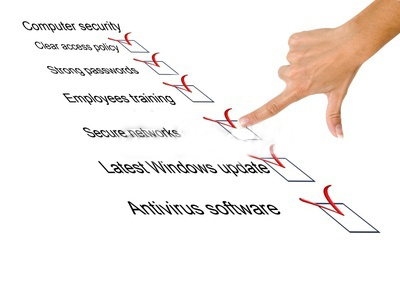
Physical Therapy Billing: How to Create Your Own In-House Medical Billing and Coding Service
If you want to save money by creating your own in-house medical billing and coding services without affecting too much time of your staff’s workflow, then this article will walk you through the process.
 For a small private practice, hiring a contractor to handle physical therapy billing and coding can take a lot of the set-up and training costs away from the practice.
For a small private practice, hiring a contractor to handle physical therapy billing and coding can take a lot of the set-up and training costs away from the practice.
The process of physical therapy billing is simplified and you know that the individual or company that you hire is invested in getting good results on your behalf.
But at some point, you will want your practice to graduate to the next level of efficiency and self-sufficiency. That’s when you’ll decide that your physical therapy billing and coding should happen in-house.
Greater Control
The main reason that having the physical therapy billing staff in-house is preferable is that physical therapy management will have greater control over the revenue cycle and revenue cycle management.
If the billing company is inefficient in any way, there will be no way to find out why and there will certainly be no way to make improvements. At a certain capacity, being able to periodically review the revenue cycle is a very big advantage.
Tools Exists, It’s Time to Use Them
And with the existing tools today, there’s no reason not to take control of your own revenue cycle. Creating your own in-house physical therapy billing and coding service is as simple as purchasing and implementing a fully-integrated physical therapy EMR.
As you probably know, there are some more details to consider, such as how to go forward with implementation so that the process is successful. But with an implementation plan and proper preparation of staff, a good EMR will change your revenue stream for the better.
Physical Therapy Billing Role
Physical therapy billing and management involves a lot of big picture viewpoints. You’ve got to be able to see how a small change to one staff member’s workflow will affect the entire office.
 You’ve also got to be able to identify inefficiencies that are worth tackling with an EMR, and those that are better tackled with a bit more training and some positive reinforcement.
You’ve also got to be able to identify inefficiencies that are worth tackling with an EMR, and those that are better tackled with a bit more training and some positive reinforcement.
With an EMR, you can streamline the billing and coding process so that when a clinician enters notes, they do so directly into the system.
They can choose from a drop-down menu and their choices will make physical therapy coding automated.
The job of physical therapy billing will change from a process of looking up information, filling out forms, and reviewing hand-written clinician notes, and become a process of quick reviews of fully-automated claims ready for submission.
You can make the entire process of physical therapy billing more procedural, with most of the work focused on entering contract details from insurance companies and details of a treatment plan for each patient. That one-time entry for each patient creates an automated physical therapy billing process.
The cost of having your own in-house medical billing and coding service becomes significantly lower. And the benefits of having control over the revenue cycle will allow your staff to make adjustments which will improve efficiency and productivity even further.



















